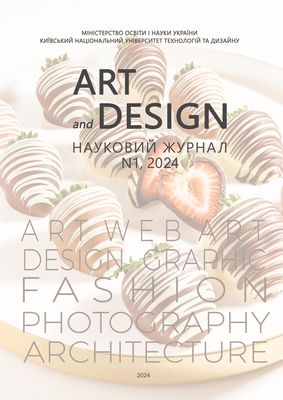TRENDS IN THE EXHIBITION OF CONTEMPORARY ART IN THE CONTEXT OF TRANSFORMATION PROCESSES (BASED ON THE MATERIALS OF FOREIGN RESEARCH IN THE 1990 – 2020)
DOI:
https://doi.org/10.30857/2617-0272.2024.1.12Keywords:
transformation of an artpiece, modern art, exposure, art space, exhibitionAbstract
The purpose of the article: to analyze the state of analysis of exposition and exhibition practices in foreign scientific literature in the context of transformations and the search for new forms of representation of modern art.
Methodology. The methodology includes the use of the method of comparative analysis, which made it possible to identify common and distinctive properties in the evolution of exposure approaches. The method of typology became important for substantiating the main trends in the development of foreign historiography of the problem.
The results. The main trends are identified and analyzed in the study, which are characteristic of the development of Western scientific discourse of the problem. It has been proven that the trend of exhibition interactivity is a fundamental beginning in the transformation of exhibition approaches. In turn, the trend of the experimental ("laboratory") approach provoked new qualities of exposition, as a model for the study of an artistic work. Finally, the trend towards universal organization of the exposition demonstrated the propensity of modern expositional practices to generalize and change the scale of interpretation. As a separate research trend, the concept of the "white cube" was considered, the transformations of which revealed new forms of art representation.
Scientific novelty. The research results can be used in exhibition practice to substantiate the conceptual orientation of a particular exhibition.

